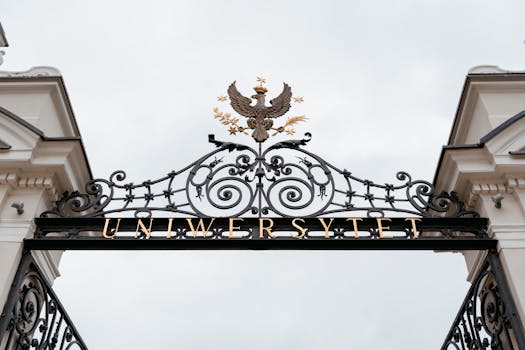
Cultural Fusion: Embracing Diversity in European Lifestyles by 2025
Cultural Fusion: Embracing Diversity in European Lifestyles by 2025 is a phenomenon that has been gaining momentum in recent years. As the world becomes increasingly interconnected, European lifestyles are undergoing a significant transformation, driven by the fusion of different cultures, traditions, and values.
Introduction to Cultural Fusion
Cultural fusion refers to the blending of different cultural practices, customs, and beliefs to create a unique and diverse cultural landscape. In Europe, this phenomenon is particularly pronounced, as the continent has a long history of cultural exchange, migration, and colonization. Today, European cities are melting pots of different cultures, with people from diverse backgrounds living, working, and interacting together.
Benefits of Cultural Fusion
The benefits of cultural fusion are numerous. It promotes diversity, inclusion, and understanding, breaking down social and cultural barriers. Cultural fusion also stimulates creativity, innovation, and progress, as people from different backgrounds bring their unique perspectives and ideas to the table. Furthermore, it enriches European lifestyles, making them more vibrant, dynamic, and exciting.
Examples of Cultural Fusion in Europe
There are many examples of cultural fusion in Europe. In the UK, for instance, the city of London is home to a thriving Muslim community, with many mosques, Islamic centers, and halal restaurants. Similarly, in Germany, the city of Berlin has a large Turkish population, with many Turkish restaurants, shops, and cultural events. In France, the city of Paris is known for its African and Caribbean influences, with many African and Caribbean restaurants, music venues, and cultural festivals.
Challenges of Cultural Fusion
While cultural fusion has many benefits, it also poses some challenges. One of the main challenges is integration, as people from different cultural backgrounds may struggle to adapt to new customs, languages, and ways of life. Another challenge is cultural preservation, as traditional practices and customs may be lost in the process of fusion. Furthermore, cultural fusion can also lead to cultural appropriation, where elements of one culture are adopted by another without proper understanding, respect, or compensation.
Conclusion
In conclusion, cultural fusion is a powerful force that is transforming European lifestyles by 2025. While it poses some challenges, the benefits of cultural fusion far outweigh the costs. By embracing diversity, inclusion, and cultural exchange, Europeans can create a more vibrant, dynamic, and exciting cultural landscape, where different traditions and customs coexist and flourish.
Future of Cultural Fusion in Europe
As we look to the future, it is clear that cultural fusion will continue to shape European lifestyles. With the rise of globalization, migration, and digital connectivity, cultural exchange will only increase, leading to a more diverse and interconnected Europe. To harness the benefits of cultural fusion, Europeans must be open-minded, tolerant, and respectful of different cultures, traditions, and values.
Cultural Fusion and Technology
Technology is playing a significant role in promoting cultural fusion in Europe. Social media platforms, online cultural events, and digital marketplaces are bringing people together, facilitating cultural exchange, and providing opportunities for cultural expression. Furthermore, technology is also enabling the preservation of traditional practices and customs, through digital archiving, online museums, and virtual cultural events.
Cultural Fusion and Education
Education is critical to promoting cultural fusion in Europe. By teaching children and adults about different cultures, traditions, and values, Europeans can foster greater understanding, respect, and empathy. Furthermore, education can also help to address the challenges of cultural fusion, such as integration, cultural preservation, and cultural appropriation.
Cultural Fusion and the Arts
The arts are a powerful medium for promoting cultural fusion in Europe. Music, dance, theater, and visual arts can bring people together, celebrate different cultures, and promote cross-cultural understanding. Furthermore, the arts can also provide a platform for cultural expression, allowing people to share their stories, traditions, and values with others.






